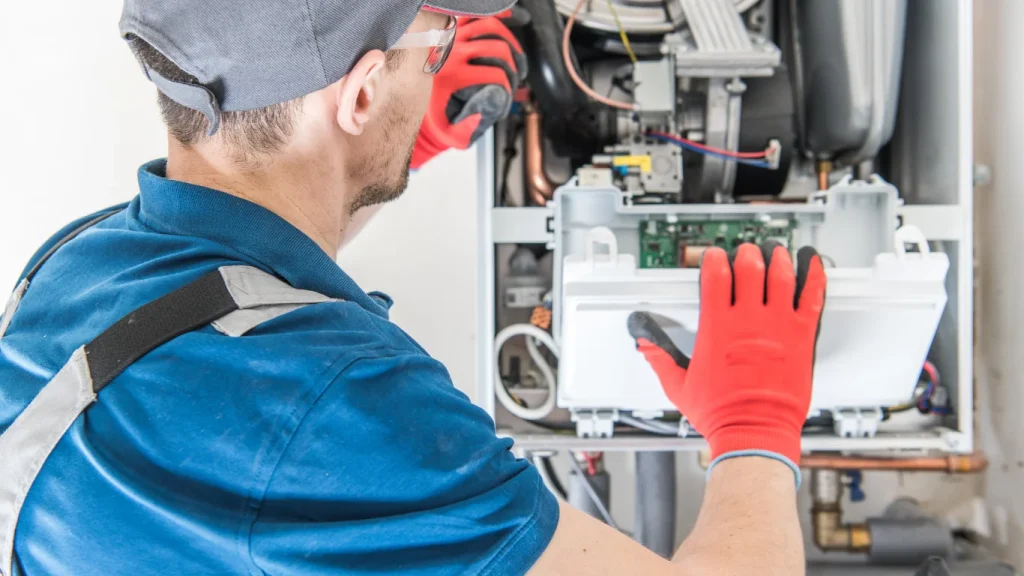
When your heating system suddenly fails, especially during the coldest months, it can cause significant discomfort and even safety concerns. Knowing the steps to take for emergency heating repair can help you stay calm and restore warmth to your home quickly. Whether it’s a complete system failure or uneven heating, immediate action is essential.
Emergency Heating Repair: Common Reasons Your Heater May Fail Unexpectedly
There are several reasons why your heater may stop working without warning. Power issues, such as a tripped circuit breaker or a blown fuse, are often culprits and should be the first things you check. Thermostat malfunctions can also interfere with heater operation, especially if batteries are dead or settings are incorrect. Dirty filters can restrict airflow and cause overheating, leading to system shutdowns.
Mechanical failures like worn-out belts, motor issues, or ignition system problems are more serious and often require professional attention. If you hear strange noises, notice burning smells, or the system cycles on and off rapidly, these are red flags that point to deeper issues needing emergency heating repair.
Emergency Heating Repair: Steps to Take Before Calling a Technician
Before calling a professional, try a few troubleshooting steps to determine if the issue can be resolved quickly. First, check the thermostat settings and replace batteries if needed. Make sure the heater is switched on and the circuit breaker hasn’t tripped. If your system uses a gas furnace, ensure the gas valve is open and the pilot light is on.
Next, inspect the air filter. If it’s clogged, replacing it can often restore normal operation. Resetting the system by turning it off for a few minutes and turning it back on can sometimes resolve electronic glitches. However, if none of these steps resolve the issue, it’s time to contact a certified HVAC technician.
When you call for emergency heating repair, be ready to describe the issue in detail. Include when the problem started, what symptoms you’ve observed, and what troubleshooting steps you’ve already attempted. This information can help the technician diagnose and resolve the issue more efficiently.
A professional technician will conduct a full inspection to determine the root cause. They’ll test electrical components, examine internal parts, and check gas or oil supply lines as needed. In many cases, quick fixes like replacing a faulty thermostat or cleaning out the burner can restore heat. However, more complex problems may require parts replacement or system recalibration.
To prevent future heating emergencies, schedule regular maintenance each year before the cold season starts. Routine inspections and tune-ups can catch small issues before they turn into full-blown failures. Also, keep filters clean and make sure your thermostat is functioning correctly to maintain steady performance.
By understanding what to do when your heater stops working and taking appropriate steps, you can manage emergency heating repair situations more confidently. Prompt action and professional service ensure your home remains warm and safe, no matter how cold the weather gets.
Read More:
Why Timely Emergency Heating Repair Can Save You Money and Stress


